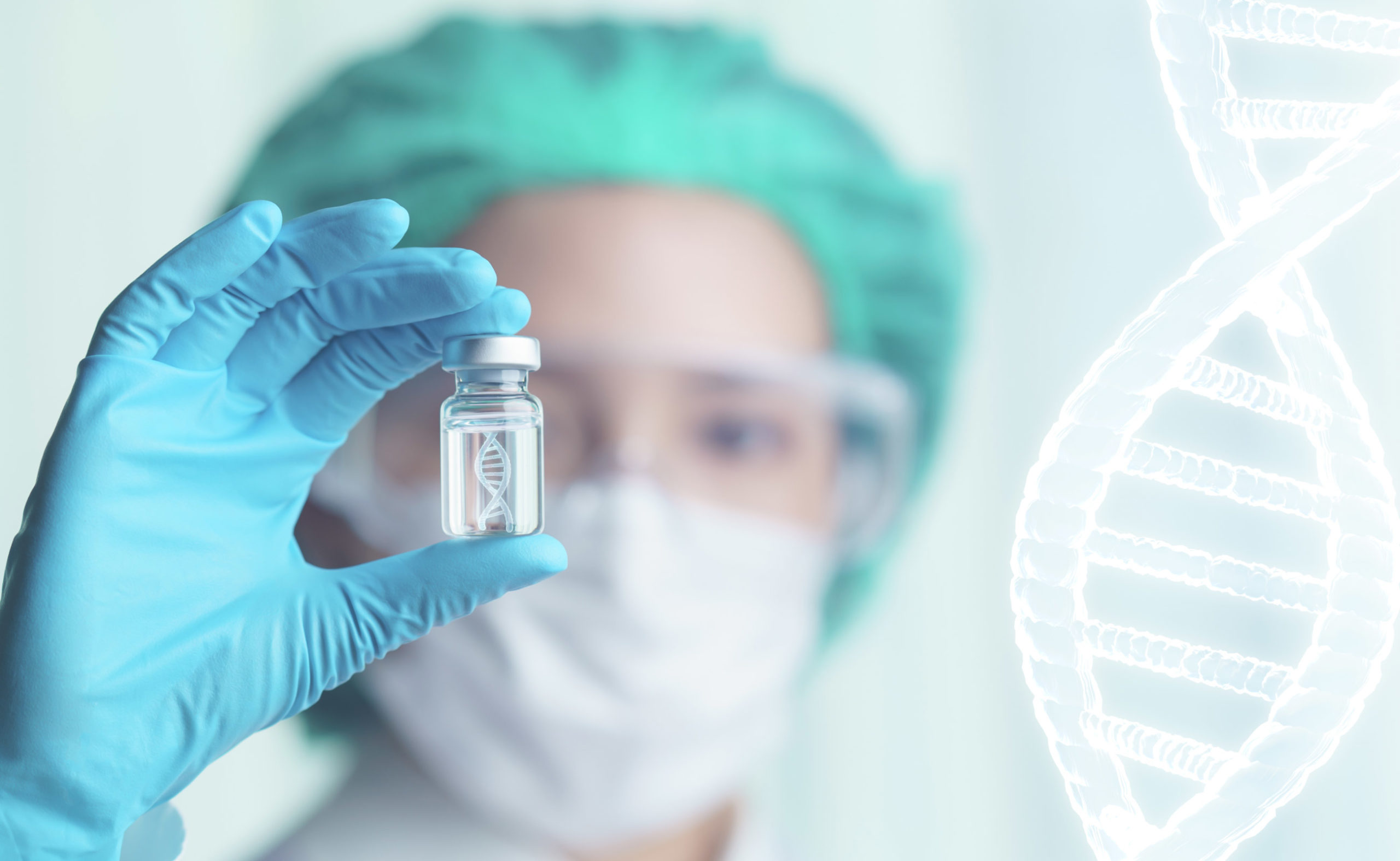How mRNA and viral vector COVID-19 vaccines work

A third COVID-19 vaccine has been approved for emergency use. This vaccine was developed by Janssen Biotech, Inc. and is often referred to as the Johnson & Johnson (J&J) vaccine. The J&J vaccine uses a different technology than the Pfizer-BioNTech and Moderna vaccines.
Here’s a look at how these different vaccines create immunity, according to the Centers for Disease Control and Prevention and other experts.
How traditional vaccines work
Many vaccines contain weakened or inactive versions of the virus they are meant to fight. The virus is not strong enough to make you sick, but it can make your immune system think you have an infection.
Your immune system responds by making antibodies against the inactive virus particles, which can take a few weeks. From then on, your immune system remembers how to make those antibodies. It’s ready to fight the virus quickly if a real infection occurs. This is immunity.
Some vaccines need booster shots to maintain that immunity over time.
How mRNA vaccines work
Pfizer’s and Moderna’s COVID-19 vaccines use mRNA technology. This means they contain genetic material from the coronavirus called messenger RNA (mRNA). This small piece of the coronavirus’s mRNA orders the cells in your body to make copies of the distinctive, but harmless, spike protein that appears on the surface of the coronavirus. These spike proteins trigger an immune reaction and your body creates antibodies.
If you’re exposed to the coronavirus later, your immune system recognizes the spike proteins on the virus and it sends out the correct antibodies to fight it.
Both mRNA vaccines require two shots to create full immunity. It’s important to note that these mRNA vaccines don’t contain the real coronavirus, so getting them cannot give you COVID-19. mRNA vaccines are new, but they have a lot of potential uses and may become more common in the future.
How viral vector vaccines work
The J&J vaccine uses viral vector technology to create immunity. That means it uses another harmless virus as the vehicle to introduce the coronavirus’s genetic material to your immune system. This vaccine uses a weakened adenovirus (the cause of the common cold). It has genetic material from the coronavirus inserted within it. The adenovirus is too weak to make you sick, but it can still insert the genetic material it carries into cells as a normal virus would.
Once inside your cells, the genetic material instructs them to make the coronavirus’s spike protein. The cells then display the spike protein on their surface. As with the mRNA vaccines, these proteins trigger an immune reaction and your body creates antibodies. These protect you from getting sick if you get infected with the real virus later.
Like the mRNA vaccines, viral vector vaccines don’t contain the real coronavirus. They cannot give you COVID-19 or a cold. Researchers have been working with viral vectors since the 1970s. In recent years, viral vector vaccines have been used to fight Ebola outbreaks.
The J&J viral vector vaccine requires only one shot. Right now, it’s only available to those over the age of 18.
Which shot is best for me?
The best COVID-19 vaccine is probably the one you can get soonest.
Where can I get more information?
- For information specific to New York State’s vaccine distribution plan, visit health.ny.gov.
- For information on the COVID-19 vaccines, visit cdc.gov.
- CDPHP members can find details about coronavirus coverage on our COVID-19 information and resources page.
 The Daily Dose
The Daily Dose
Comments are closed.